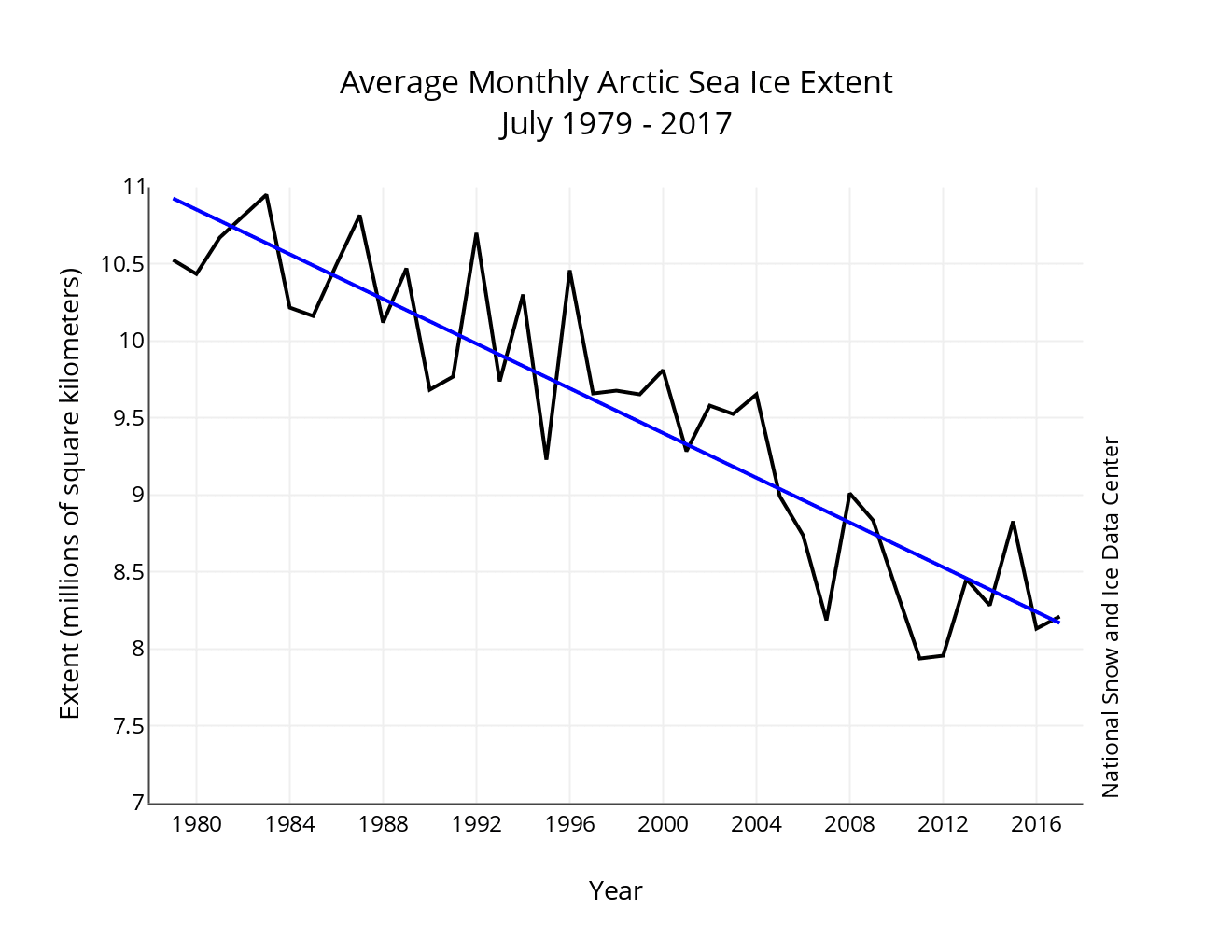

UST Finder User Manual (PDF) (45 pp, 3. Quick Start Guide (PDF) (3 pp, 352 K) Helps you navigate UST Finder The smallest number defines the zoom-in limit, and the largest number defines the zoom-out limit of the map. In the Customize visible scales window, click the desired scale numbers, and click Delete. Access REACH’s past and regularly updated humanitarian dashboards and webmaps below. Under the Customize visible scales section, click Customize. Webmaps & dashboards ABOUT Humanitarian data gathered and analysed by REACH is used to create visual dashboards and interactive maps. Remove service Remove this user added service from the map. On the left pane of the app editor, click the Map tab. Zoom to visible scale Zoom the map to a scale where the layer is visible.
WEBMAP EXTENT AND CENTER FINDER FULL
UST Finder: National Underground Storage Tanks and Releases Web Map (PDF) (2 pp, 394 K, About PDF) Provides a 2-page overview about UST Finder Zoom to full extent Zoom the map to the full extent of the layer. A quick start guide and user manual are available below and in the application as well. In that case, use the ArcPy Describe object to obtain the extent property relative to the layers. However, it might be necessary to obtain the layer extents in the unit of the layers coordinate system. UST Finder is available on EPA’s GeoPlatform. Calling the ArcPy method getExtent on a map layer returns the layer extents expressed in the units of the data frames coordinate system. If you are using a configuration file without an extent, then the webmap will decide the initial extent. UST Finder can import additional data layers and export UST facility and LUST site information for use by other software programs. You can overwrite the webmap's extent either in the config file or in the URL. UST Finder contains information about proximity of UST facilities and LUST sites to: surface and groundwater public drinking water protection areas estimated number of private domestic wells and number of people living nearby and flooding and wildfires. It provides the attributes and locations of active and closed USTs, UST facilities, and LUST sites from states as of 2018-2019 and from Tribal lands and US territories as of 2020-2021.

EPA developed UST Finder, a web map application containing a comprehensive, state-sourced national map of underground storage tank (UST) and leaking UST (LUST) data.


 0 kommentar(er)
0 kommentar(er)
